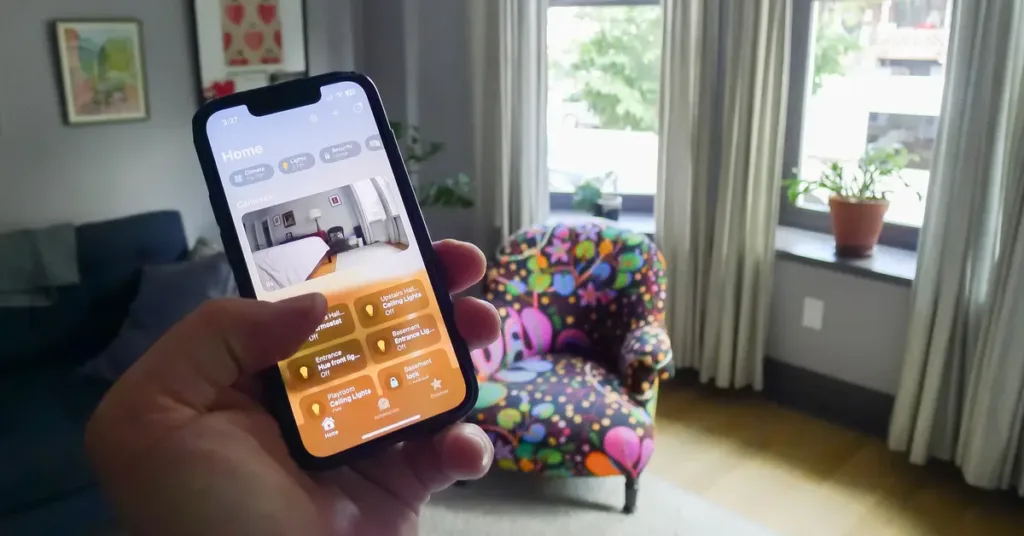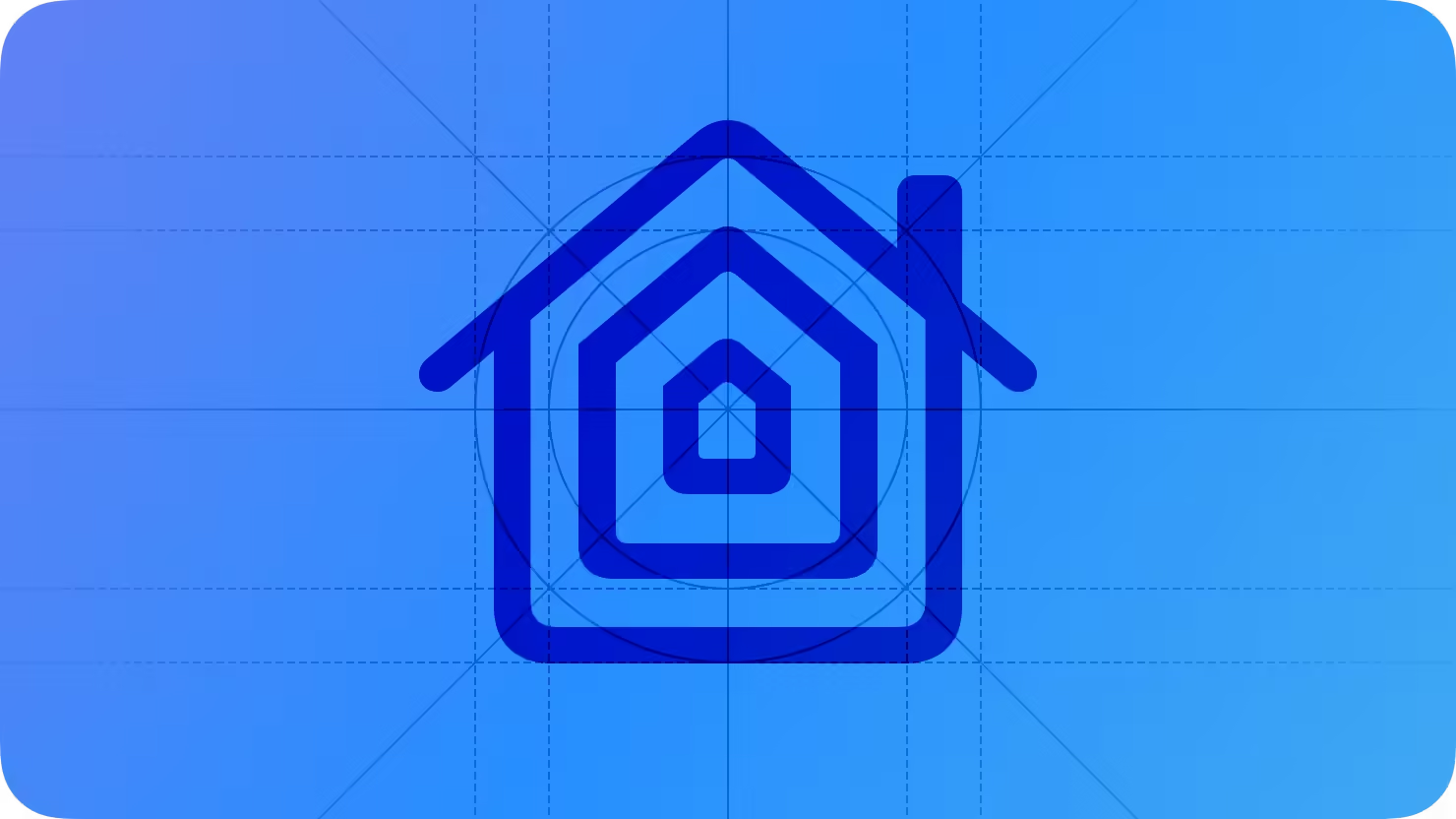As the smart home market continues to expand, iOS 18 brings exciting updates for developers integrating HomeKit into their apps. HomeKit, Apple’s framework for connecting and controlling smart home devices, enables developers to build robust smart home automation apps that offer users complete control over their environment. With iOS 18, new APIs and improved functionality make it easier than ever to develop apps that allow seamless interaction with home devices.
In this guide, we’ll dive into the key updates for HomeKit integration in iOS 18, best practices for building smart home apps, and how to leverage Apple’s tools for smooth development.
Why HomeKit Integration Matters in 2024
With the global smart home market set to exceed $200 billion by 2025, smart home apps are quickly becoming essential for a wide variety of devices, from thermostats to lighting systems. HomeKit simplifies the connection of smart devices to the iOS ecosystem, making it easier for developers to create interoperable and user-friendly apps.
In iOS 18, HomeKit’s enhanced security and expanded device support mean that developers can build applications that work seamlessly with a greater number of devices, with minimal user setup. This creates significant opportunities for developers looking to tap into the rapidly growing smart home industry.
Key Features of HomeKit in iOS 18
The latest iOS update introduces several new features to enhance HomeKit integration, allowing for more efficient development and user-friendly app experiences. Below are some key updates.
1. Matter Compatibility
iOS 18 brings full Matter protocol integration with HomeKit, enabling developers to create apps that support a broader range of smart home devices across ecosystems. Matter is a universal connectivity standard designed to ensure that smart home devices from different manufacturers can work together seamlessly. This makes it easier for developers to ensure their HomeKit-enabled apps are compatible with more products, enhancing the interoperability and user experience.
2. Thread Networking
Thread, a mesh networking protocol for low-power IoT devices, continues to gain traction with iOS 18. By supporting Thread networks, HomeKit apps can now connect to a wider array of battery-operated smart devices such as motion sensors, smart locks, and light bulbs, while maintaining energy efficiency. Developers can easily build apps that manage devices over Thread with minimal latency and high reliability.
3. Enhanced Voice Control with Siri
Voice control continues to be an integral part of the HomeKit experience, and iOS 18 improves the SiriKit integration, giving developers more flexibility in adding voice control options to their smart home apps. With Siri’s natural language processing improvements in iOS 18, users can issue complex commands and trigger automations more easily. Developers can create richer, more intuitive voice commands that enhance app usability.
4. HomeKit Secure Video (HSV)
iOS 18 expands the capabilities of HomeKit Secure Video, allowing developers to build apps that offer advanced features like AI-powered motion detection, zone-specific monitoring, and enhanced video encryption. HomeKit Secure Video ensures that footage from connected cameras is stored securely on iCloud with end-to-end encryption, keeping user data private.

Best Practices for HomeKit App Development in iOS 18
Building a successful HomeKit-enabled smart home app requires thoughtful design and seamless integration. Here are some best practices for integrating HomeKit in iOS 18.
1. Start with Apple’s HomeKit Framework
Apple’s HomeKit framework provides the foundation for building smart home apps. It offers a set of APIs that let developers communicate with and control connected devices, such as smart lights, locks, thermostats, and more. For iOS 18, developers should familiarize themselves with the updated HomeKit Accessory Protocol (HAP), which supports new devices and provides stronger encryption and authentication.
Start by using HomeKit’s API to define accessories, services, and characteristics that match the smart home devices your app will control. Ensure you implement HomeKit Accessory Categories, which organize devices into logical groups like lights, fans, or security systems, making it easier for users to control their setup.
2. Incorporate Matter and Thread from the Start
With Matter becoming a standard protocol for smart home devices, it’s crucial for developers to integrate Matter support directly into their HomeKit apps. Apple’s Matter API makes this easy, allowing apps to communicate with Matter-certified devices across different ecosystems.
Additionally, ensuring Thread support for compatible devices allows for more resilient, low-power connections. As a developer, you’ll want to ensure that your app can seamlessly detect and communicate with Matter and Thread devices, providing users with real-time control and updates.
3. Leverage Automation and Scenes for a Seamless Experience
Smart home users often prefer to automate their routines rather than manually control each device. Use HomeKit Automation to enable users to create triggers based on time, location, or other sensor inputs. Your app can allow users to create custom scenes, such as “Good Night” or “Leaving Home,” that automatically control multiple devices at once.
The HMHomeManager API in iOS 18 helps manage scenes and automations in a centralized way, making it easy for users to set up their ideal smart home experience.
4. Prioritize Security and Privacy
HomeKit is built with security and privacy in mind. As an app developer, ensure that your app handles user permissions correctly and respects privacy. iOS 18 continues to enhance user data protections, so be sure your app uses Apple’s end-to-end encryption for communication between HomeKit-enabled devices and stores sensitive data securely on the device or iCloud.
Be transparent with users about how their data is being used, especially when dealing with camera footage or voice commands.
Building a User-Centered Experience
Creating a successful HomeKit app isn’t just about functionality—it’s about delivering a seamless and enjoyable experience for users. Here are a few tips to enhance usability in your smart home app.
1. Simplified Onboarding
Make the onboarding process easy for users by guiding them step-by-step in setting up their smart devices. Include QR code scanning for quick device pairing and allow users to import HomeKit setup codes directly through the app.
2. Real-Time Feedback
Provide real-time feedback and status updates for connected devices. For example, when users adjust their lights, display an instant brightness percentage or when a door is unlocked, show a confirmation notification. This ensures that users feel in control and can trust that their commands are being executed.
3. User Customization
Allow users to customize how they interact with devices. Whether it’s creating custom scenes or defining automation rules based on specific conditions, giving users control over their smart home ecosystem ensures long-term engagement and satisfaction with the app.
Conclusion: Building the Future of Smart Homes with HomeKit in iOS 18
With the new features introduced in iOS 18, the potential for HomeKit app development continues to grow, offering developers even more ways to create innovative and secure smart home solutions. By leveraging Matter and Thread, prioritizing automation, and building with user privacy in mind, developers can create apps that make the smart home experience seamless, intuitive, and scalable for the future.
As smart home technology becomes more widespread, integrating HomeKit effectively will ensure that your app meets the demands of the growing smart home market, while also delighting users with advanced functionality and ease of use.

